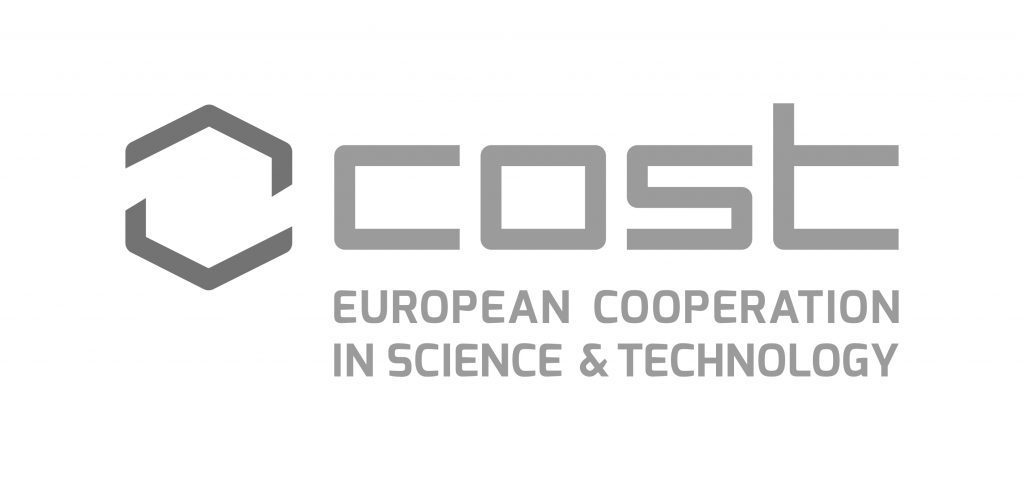Host Institution: Middle East Technical University (METU), Ankara (TR)
Contact person: Müge Akkar Ercan
Göreme, a small town with a population of 2,000, is situated in the heart of the Cappadocia region (Central Anatolia plateau). It was founded in a moon-like landscape of giant rock cones, called ‘fairy chimneys’. The region’s natural landscape was formed by the out-spills and ash of two volcanoes that were later hardened and became a soft porous rock. From 2500 BC and onwards, inhabitants carved and hollowed these rocks to build cave-dwellings, stables and places for worship. Göreme is one of these settlements in the region, which constitutes a monastic settlement with many historic Byzantine churches and historic cave-dwellings that have been used for tourism, residential, commercial and storage purposes. UNESCO List 1985 (natural-cultural).
Area: Göreme Open-Air Museum (1950), many successful regeneration interventions, generated a critical balance between heritage conservation, cultural tourism development and local community empowerment to a certain extent while suffering from the mass tourism, a complicated relationship between legal, administrative and governance dimensions of UBH planning and management, and the lack of care on and misuse of heritage and natural resources by several stakeholders in the region (including state institutions, private sector, local community, and tourists).
Scale: Regional (Nevşehir province 300.000 inh).
Projects: Long-term Development Plan (1981-2003), managed by the Göreme National Park and the Rock Sites of Cappadocia until 2019. Currently, a strategic conservation and management plan is under the process of preparation. The site is managed by the new Heritage Conservation and Management Board of Cappadocia.
Funding: Public
Action Chair: Giuseppe Pace
Action Vice Chair: Susana Martinez-Rodriguez
Science Communication Manager: Tony Cassar
Grant Holder Manager: Patricia Sclafani
Webmaster: Olga Lo Presti


Webdesign by Digitisation Department at
